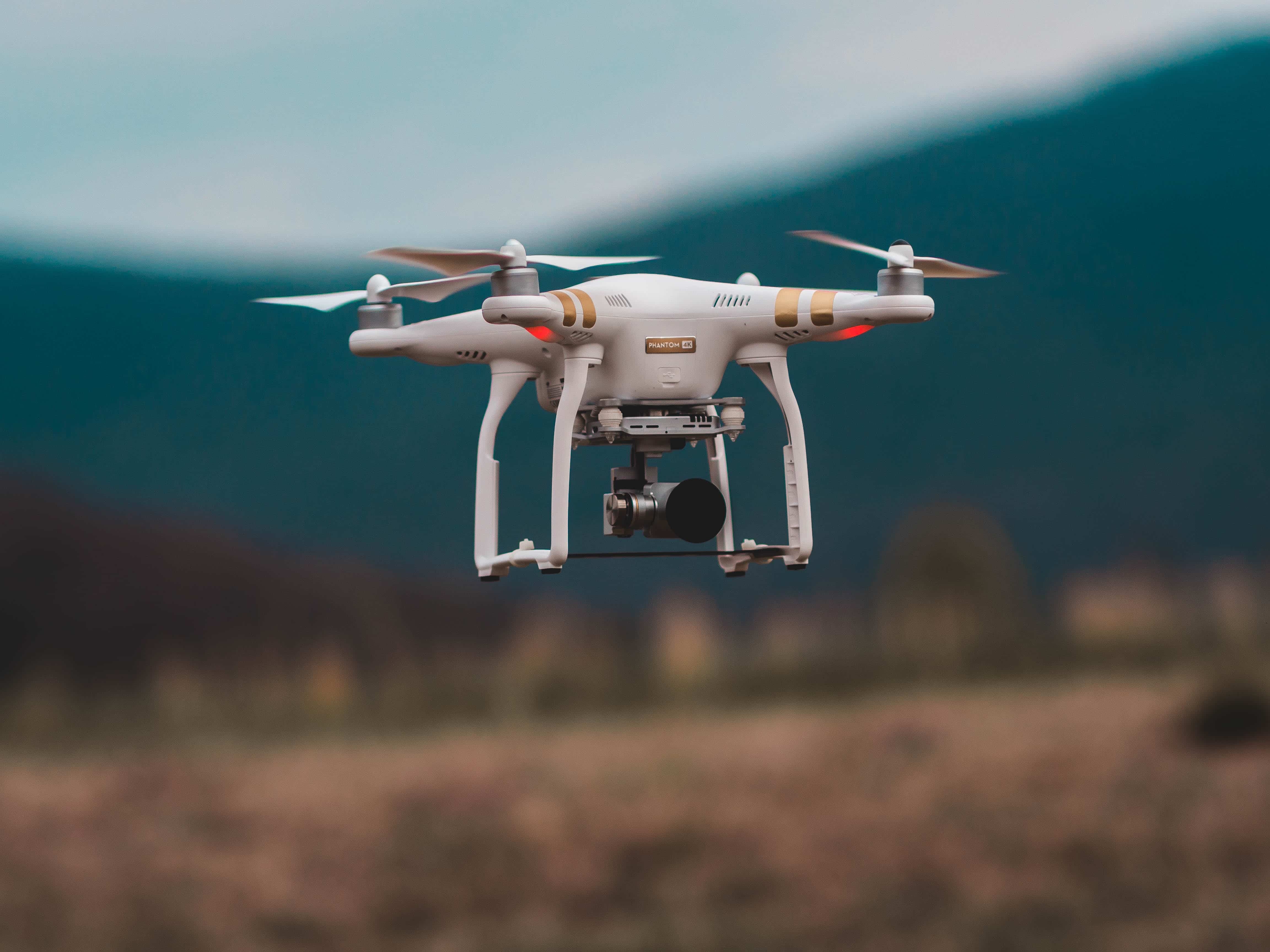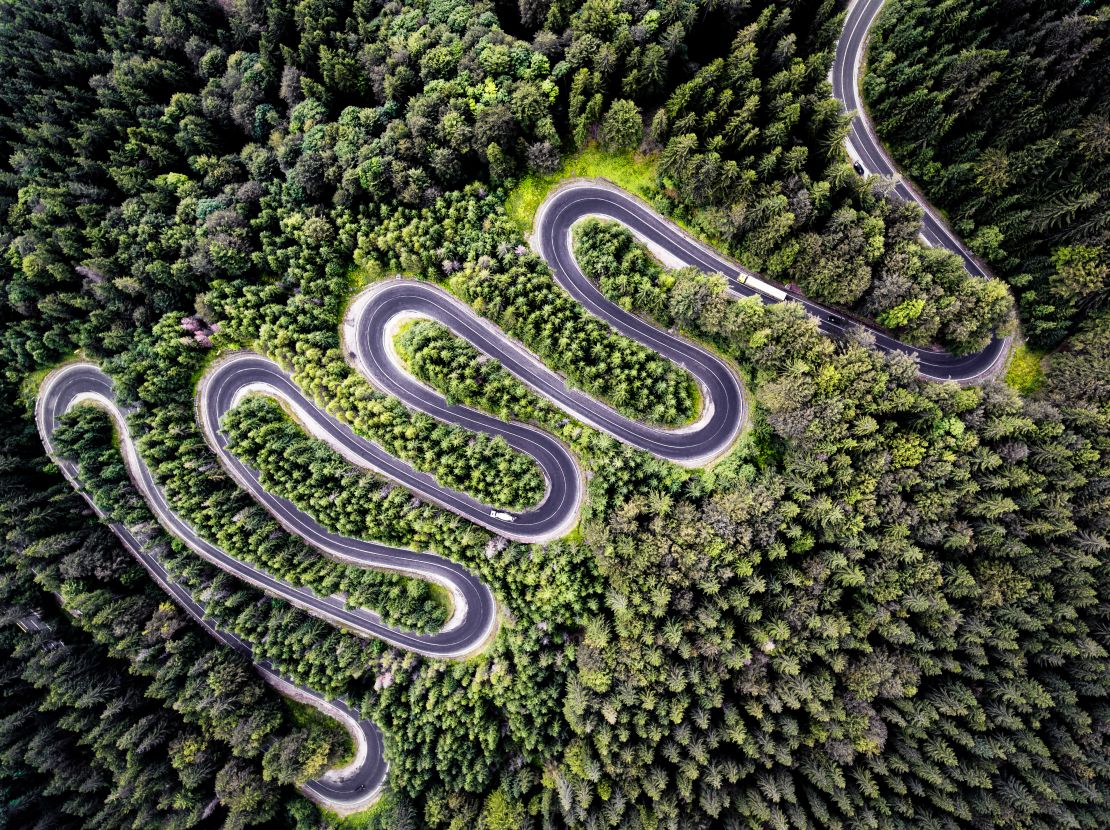Professional Aerial Photographer Spokane for Commercial and Residential Projects
Professional Aerial Photographer Spokane for Commercial and Residential Projects
Blog Article
Transform Your Point Of View: The Art and Scientific Research Behind Drone Digital Photography
Drone photography represents a significant intersection of artistic vision and technological development, allowing developers to record point of views previously unattainable. Comprehending the mechanics of drone modern technology, from tools options to composition strategies, is crucial for attaining compelling images. In addition, considerations such as lights and environmental conditions can profoundly influence the last end result. As photographers improve their skills in both aerial method and post-processing, they unlock a richer narrative capacity. Yet, what truly identifies efficient drone photography from plain airborne photos? Discovering this inquiry exposes deeper insights into the craft and its progressing landscape.
Understanding Drone Innovation
Recognizing drone modern technology is essential for anyone thinking about using its capacities for photography. Drones, or unmanned airborne cars (UAVs), rely upon a mix of equipment and software to achieve flight and capture images. At their core, these tools are geared up with sensors, cams, and navigating systems that allow them to fly autonomously or be controlled from another location.
The key parts of drone innovation include the flight controller, which acts as the mind of the drone, refining information from numerous sensing units to make sure steady trip. Furthermore, GPS modern technology plays a critical duty in navigation, making it possible for drones to comply with pre-defined trip paths and preserve their position also in tough conditions.

Moreover, comprehending the regulatory landscape surrounding drone use is crucial, as it controls where and just how drones can be run, ensuring safety and conformity. Experience with these elements of drone modern technology empowers digital photographers to optimize their innovative capacity while adhering to lawful standards.
Vital Equipment for Drone Digital Photography
Selecting the best equipment is critical for accomplishing extraordinary outcomes in drone photography. At the heart of this arrangement is the drone itself, which must be picked based on trip security, cam quality, and ease of use. Popular designs typically include built-in high-def cameras that record spectacular airborne photos.
In addition to the drone, spending in a top notch camera is crucial. Many drones come equipped with electronic cameras efficient in shooting in 4K resolution, but for professional-grade outcomes, take into consideration a drone that permits interchangeable electronic cameras or supports larger sensors. This versatility can considerably enhance image top quality.
Stabilization is one more crucial element. A three-axis gimbal is suggested for smooth video, minimizing resonances that can diminish photo quality. Extra batteries and a trusted charger guarantee prolonged flight time, allowing for more thorough shoots (drone photographer).
Mastering Make-up Techniques
Mastering make-up strategies is fundamental to raising your drone photography from regular to amazing. A well-composed image captures the viewer's focus and conveys an effective narrative.
One of the important concepts to take into consideration is the regulation of thirds, which includes splitting your frame into a grid of nine equivalent components. Positioning crucial elements along these lines or at their junctions develops aesthetic passion and equilibrium. Additionally, leading lines can guide the audience's eye via the photograph, accentuating the subject and including deepness.
An additional efficient technique is framing, where natural environments such as buildings or trees frame the subject, boosting the focal factor. This technique not just provides context however additionally creates a feeling of intimacy within the More hints scene.

Lastly, always bear in mind the horizon line. A misaligned horizon can sidetrack and take away from an or else captivating picture. By mastering these composition strategies, you can substantially improve the influence of your drone photography.
Lights and Weather Condition Factors To Consider
In drone photography, the interplay of illumination and weather condition can drastically influence the high quality and mood of your photos. Ideal lighting problems are crucial; the gold hours-- shortly after sunup and prior to sunset-- supply soft, diffused light that improves shades and reduces rough shadows. During these times, the landscape shows up more dynamic and vivid, permitting awesome airborne shots.
Conversely, overcast skies can generate a level, muted scheme, yet they can likewise supply even lighting that reduces contrast and highlights details in the environment. This can be advantageous for recording appearances in city settings or intricate patterns in nature.
Weather, such as snow, fog, or rain, can also add distinct components to your photography. Haze can develop a feeling of secret, while rain can improve colors and fill the landscape. However, it is necessary to take into consideration the safety of your drone; flying in damaging climate condition can bring about equipment damage or loss of control.
Ultimately, recognizing how lights and weather influence your aerial shots permits you to choose the suitable problems for your drone digital photography, making certain visually striking and compelling pictures.
Post-Processing Tips and Techniques
After recording spectacular aerial photos, the next step involves refining those shots through post-processing. This important phase boosts the aesthetic this effect of your photographs, permitting you to highlight the one-of-a-kind viewpoints that drones give.
Start with software devices like Adobe Lightroom or Photoshop, which provide durable modifying capabilities. Begin by fixing exposure and white balance to guarantee that your shades show up realistic. Make use of pie chart checks to accomplish ideal illumination levels, preventing too much exposure or loss of information in darkness.
Following, improve comparison to include deepness to your images. Readjusting clearness can sharpen vital information without presenting sound, which is particularly advantageous in airborne shots where structure plays a substantial role. Don't shy away from chopping; this can help concentrate the viewer's interest on the major subject.
Take into consideration applying a mild vignette to lead the customer's eye towards the center of the image. By understanding these post-processing methods, you can elevate your drone photography to new heights.
Conclusion

What absolutely distinguishes efficient drone digital photography from mere airborne photos? Many drones come furnished with video cameras qualified of capturing in 4K resolution, yet for professional-grade outcomes, consider a drone that allows for interchangeable cameras or sustains larger sensing units. By site here grasping these structure strategies, you can considerably enhance the effect of your drone digital photography.
In drone photography, the interplay of lights and climate can drastically affect the quality and state of mind of your photos (aerial photographer spokane). By mastering these post-processing strategies, you can raise your drone digital photography to new heights
Report this page